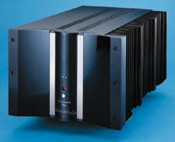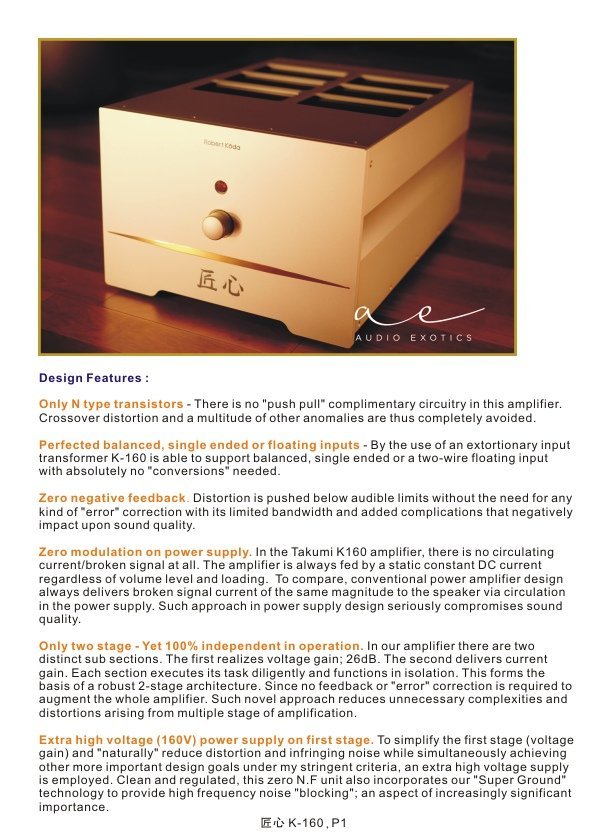I'm not mincing words. Your statement 'Cancellation = removal of those harmonics' is problematic. No amp 'removes' harmonics from the signal (I concede its possible that this interpretation isn't what you meant). If you want to state this more clearly, its correct to say that 'in a PP circuit, even ordered harmonic distortion is cancelled in the load'.
A cautionary point must be raised! I've pointed out that in order for the PP circuit to 2
Your example of the Krell is apples to oranges. The Krell lacks the Gain Bandwidth Product to support its feedback and so at lower frequencies it suppresses distortion fairly well. But as frequency goes down the feedback goes down with it. So higher orders are not suppressed so well so the 3rd is unable to mask them. 80dB down isn't enough, and also because the feedback is
adding higher orders of its own we don't see the exponential decay which Olsen described as so essential (regarding SETs in particular). As a result this amp sounds nothing like an SET (no duh) nor meets the criteria I outlined.
Clearly the Constellation has a similar problem.
This statement is false. Feedback is known to reduce output impedance via a servo effect (control theory, for those in the know following along; its weird how control theory is so well-known outside of audio but in the audio world it is apparently mysterious). If there is no feedback the output section will react more to the load, not less. Of course there is a question of what is meant by 'more'. 99% of the time 'more' means that the output voltage will be more variable.
But if the speaker doesn't subscribe to the Voltage Paradigm then an amplifier that behaves as a voltage source (IOW the output voltage does not change as the load does; this is an amp that either doubles power as the load impedance is halved or in the case of tube amps halves its output power as the load impedance is doubled) won't sound right on that speaker. ESLs are a
classic example, since their impedance curve isn't based on a driver in a box with its attendant resonance. So it was serendipitously a poor choice on the part of Matti Otala to use ESLs since they are not a Voltage Paradigm device.
I've dropped this link plenty of times; the speculation can end. This is why most amps really won't play an ESL properly and also why a certain number of speakers that SET users like to play won't work so well with higher power amps with feedback as well:
http://www.atma-sphere.com/en/resources-paradigms-in-amplifier-design.html
The Sound Lab is the only ESL I know that properly addresses the issue of using a voltage source to drive their speakers. The speaker is supplied with adjustments for the bass output and also has a brilliance control. These are provided to allow the speaker to be adjusted to the voltage response of the amplifier which will be quite different depending on feedback!



















